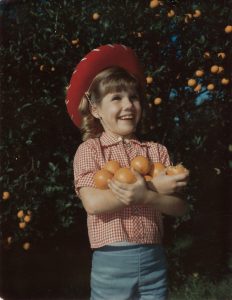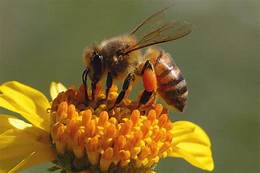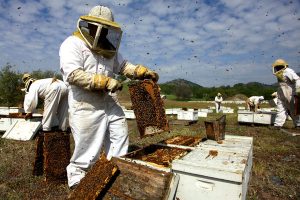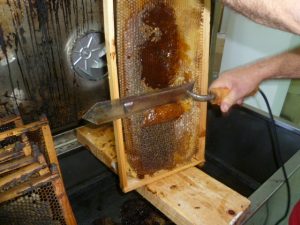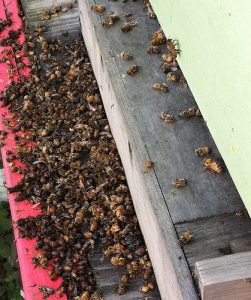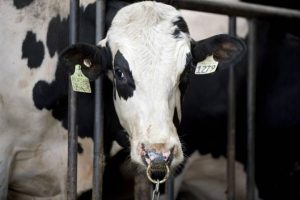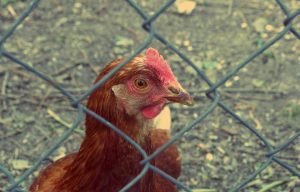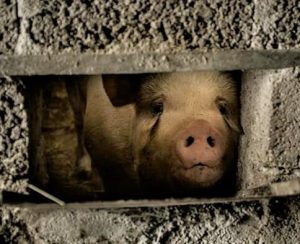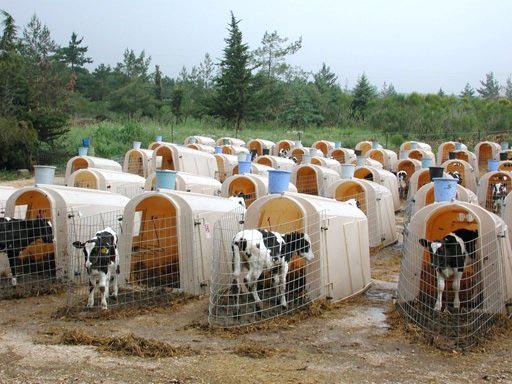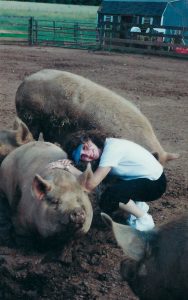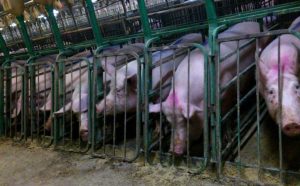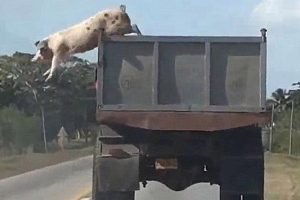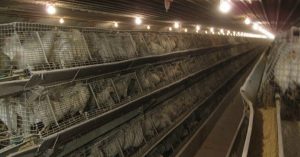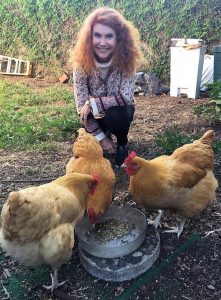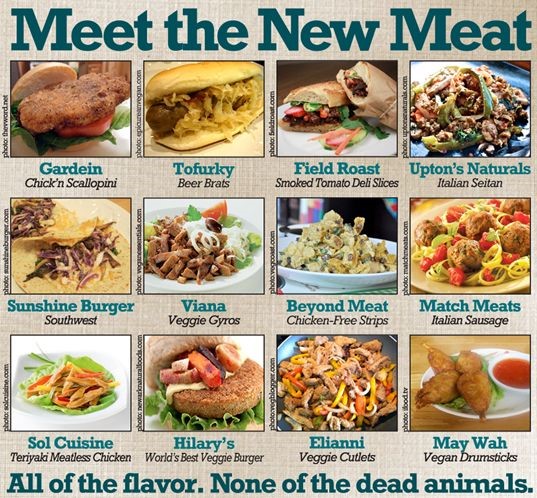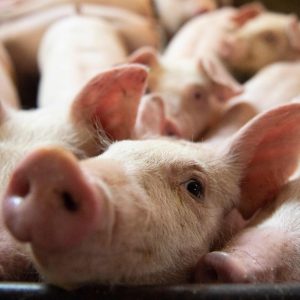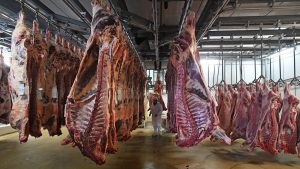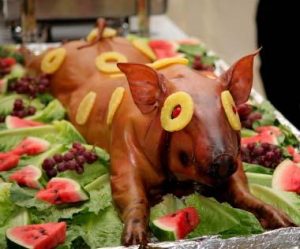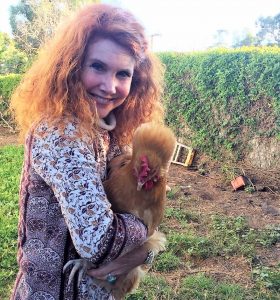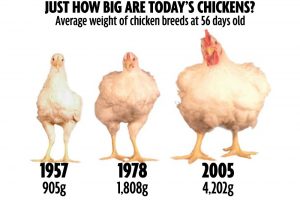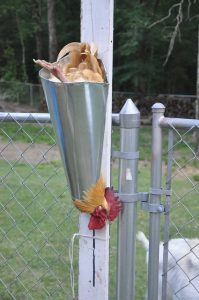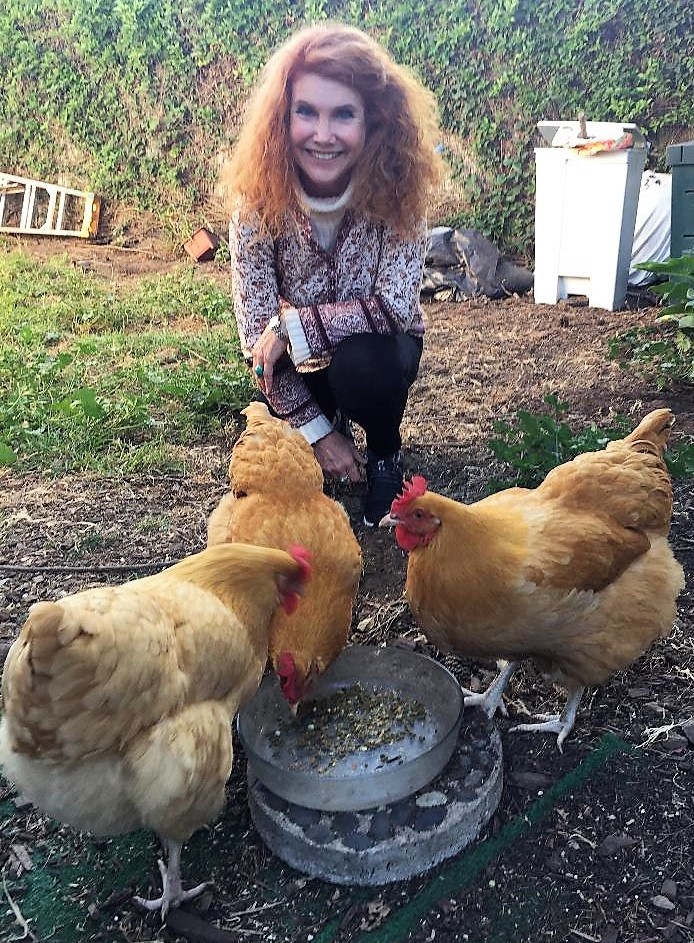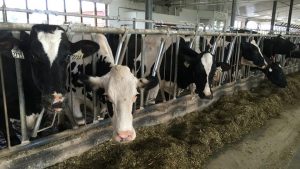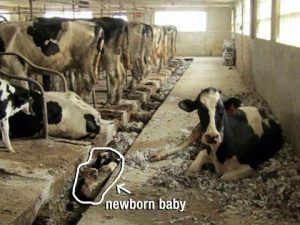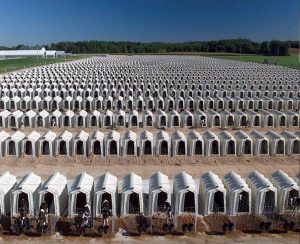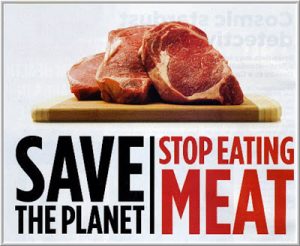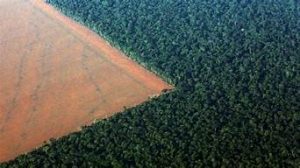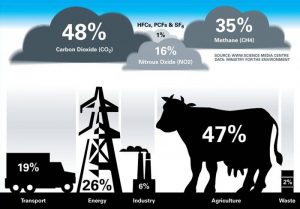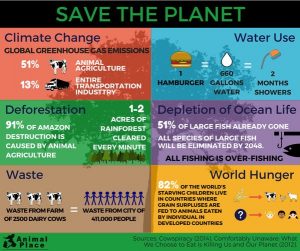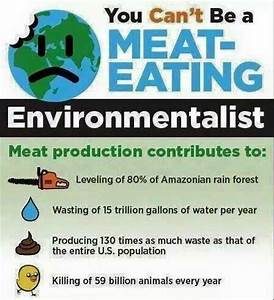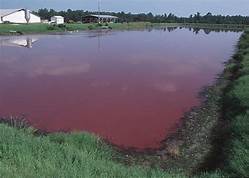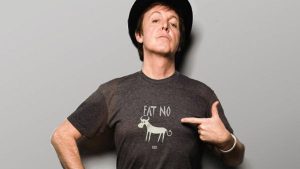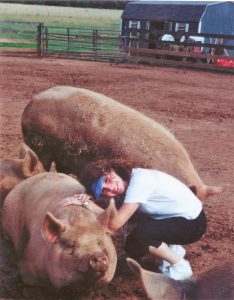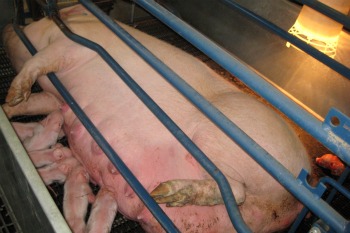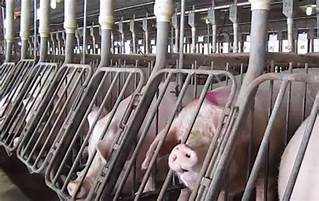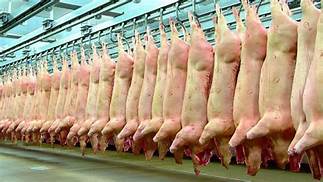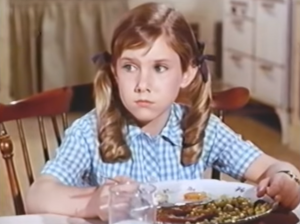 For millions of turkeys and those who care about animals, Thanksgiving Day is Thanks-GRIEVING Day.
For millions of turkeys and those who care about animals, Thanksgiving Day is Thanks-GRIEVING Day.
When I was little, I ate turkey with my family at Thanksgiving. But it alarmed and upset me to watch my mother prepare the turkey. I recognized it as a dead bird, and the sight of its pale, cold skin with little pimples where the feathers had been pulled out made me cringe, and watching my mother stuff the bird’s bloody organs with fistfuls of breadcrumbs into the gaping hole where its head used to be made me feel ill. It saddens me that, when the turkey was served, I was able to put those images out of my mind and dig in. Of course, I was a child then and didn’t know any better.
This Thanksgiving, some 40-50 million turkeys will be murdered and eaten. Millions more will be slaughtered a month later to celebrate a season dedicated to peace and good will. How sad and ironic.
Turkeys are beautiful, intelligent, and sensitive birds. Under natural conditions, turkey hens are devoted mothers who care diligently for their babies. They are fiercely protective of their young and will risk their lives to save their babies. Male turkeys, called toms, have beautiful feathers they love to show off. Toms at sanctuaries are known to follow busy human caretakers from chore to chore, puffing out their feathers in a blast of scalloped ruffles, patiently waiting to be noticed and admired.
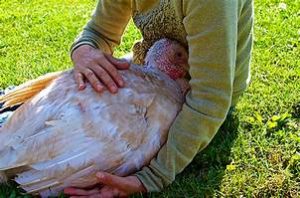 Did you know that turkeys love to be petted? Turkeys make very affectionate animal friends. When they feel love and trust, many turkeys make a sound that can only be described as “purring.” Turkeys rescued by sanctuaries, even those who have known great cruelty at human hands, will happily sit for hours having their tummy rubbed.
Did you know that turkeys love to be petted? Turkeys make very affectionate animal friends. When they feel love and trust, many turkeys make a sound that can only be described as “purring.” Turkeys rescued by sanctuaries, even those who have known great cruelty at human hands, will happily sit for hours having their tummy rubbed.
But few turkeys enjoy such loving, caring treatment, for most live excruciatingly painful lives at factory farms or on oxymoronically-named “humanely-raised” farms. On these farms, turkeys are artificially inseminated, the industry euphemism for being held upside down, struggling, while a syringe of semen is pushed into their vaginas. They and their offspring have been bred to grow so unnaturally fast and heavy that their bones are too weak to support their weight. They suffer from leg deformities, arthritis and joint pain almost from birth, resulting in lameness so severe that they are sometimes forced to walk on their wings to reach food and water.
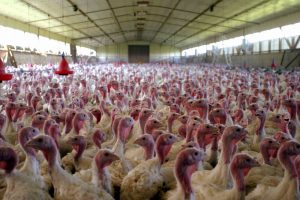 Turkeys are packed by the thousands into long, windowless buildings, where they breathe ammonia fumes and irritating dust that lead them to develop respiratory diseases. Forced to live in their own urine and excrement, they develop grossly ulcerated feet, blistered breasts, and ammonia-burned eyes and throats.
Turkeys are packed by the thousands into long, windowless buildings, where they breathe ammonia fumes and irritating dust that lead them to develop respiratory diseases. Forced to live in their own urine and excrement, they develop grossly ulcerated feet, blistered breasts, and ammonia-burned eyes and throats.
Although turkeys have claws, under natural conditions and with proper living space, they will not use their claws against others, but subjected to overcrowding and brutal handling at turkey farms, stressed turkeys use their thick nails to defend themselves. Because of this, turkey farmers use shears to cut off – without anesthesia – not just the nails, but the first and second digits of the turkey’s toes so they will not grow back. Disregard what you may believe about “humane” farms or “free-range” turkeys; the same painful brutality is performed on those birds. The open wounds often get infected and swell, making it incredibly painful for the turkeys to walk. I’ve visited rescued turkeys at sanctuaries and seen for myself their terribly deformed feet and the swollen stumps of what used to be their toes.
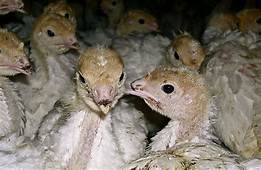 The cruel practice of debeaking – done also on chicken farms – is performed while the turkeys are still chicks. Debeaking is done using sharp shears, a heated blade, or a high-voltage electrical current. Turkeys’ beaks are loaded with sensory receptors, much like human fingertips, and this painful procedure severs and exposes nerves. Some turkeys starve to death before they are able to eat again; others die of shock during the procedure. Not only are debeaked turkeys painfully mutilated, but as birds who use their beaks to preen, groom, peck and eat, those who survive the procedure suffer tremendously for being unable to do these natural activities.
The cruel practice of debeaking – done also on chicken farms – is performed while the turkeys are still chicks. Debeaking is done using sharp shears, a heated blade, or a high-voltage electrical current. Turkeys’ beaks are loaded with sensory receptors, much like human fingertips, and this painful procedure severs and exposes nerves. Some turkeys starve to death before they are able to eat again; others die of shock during the procedure. Not only are debeaked turkeys painfully mutilated, but as birds who use their beaks to preen, groom, peck and eat, those who survive the procedure suffer tremendously for being unable to do these natural activities.
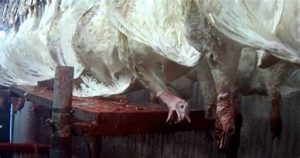 Before a turkey arrives in your grocer’s freezer case, they are forced through several stations along a gruesome assembly line at the slaughterhouse. The process begins by shackling the birds by their feet before dragging them upside down through an electrified water bath designed to stun them. From there their throats are cut by an automated blade. But this assembly line of death moves so quickly that many of the turkeys are not properly stunned. Still flapping and writhing, they miss the blade, and remain alive as they and those before them are dropped into the scalding tank, designed to loosen their feathers for easy removal. Any turkeys who have survived to this point are boiled alive.
Before a turkey arrives in your grocer’s freezer case, they are forced through several stations along a gruesome assembly line at the slaughterhouse. The process begins by shackling the birds by their feet before dragging them upside down through an electrified water bath designed to stun them. From there their throats are cut by an automated blade. But this assembly line of death moves so quickly that many of the turkeys are not properly stunned. Still flapping and writhing, they miss the blade, and remain alive as they and those before them are dropped into the scalding tank, designed to loosen their feathers for easy removal. Any turkeys who have survived to this point are boiled alive.
Festive? No. Can mutilation, torture, and death bespeak thankfulness, home, or family? As compassionate people, can’t we reevaluate the systematic suffering and merciless killing of billions of animals in the name of tradition?
Now that you know the truth behind a Thanks-Grieving dinner, here’s a short, uplifting video about Hildy, a turkey rescued from a commercial farm who was lucky enough to live out her life with people who loved her.
Peace to ALL the animals with whom we share this planet!

